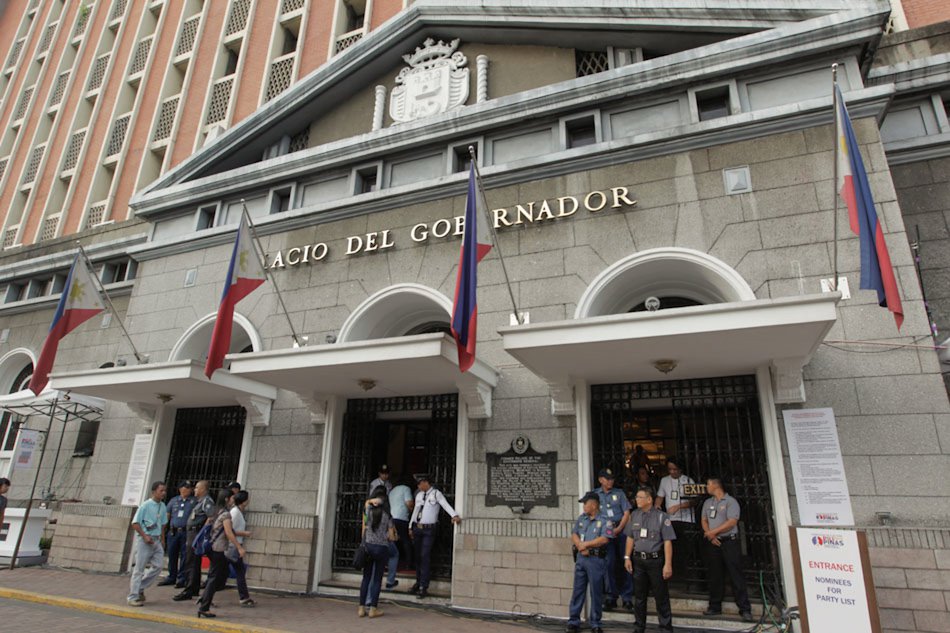THE Philippines may experience regular power outages unless the country beefs up its oil and gas reserves and push for energy independence in the next few years.
Based on studies done by experts, the Philippines’s oil and gas reserves are steadily declining, driving the country to greater reliance on imports. And if the situation does not change, a new version of the “dark ages” with long hours of brownouts every day won’t be too far-fetched.
GlobalData power industry analyst Harshavardhan Reddy Nagatham said, “The growing population is driving electricity consumption in the Philippines. As a result, new investment in capacity addition is urgently needed.”
The problems in the country’s oil and gas exploration initiatives only make the situation worse as investors have been taking a wait-and-see stance due to currently unresolved issues that pit the government auditors against the Department of Energy (DOE).
Although many investors have expressed interest in doing oil and gas exploration in the Philippines, very little headway has been achieved toward transforming this interest into concrete steps.
A report done by First Solutions Macro Research, a unit of the Fitch Group, stated the DOE sees the Philippines’s oil dependency is already at a hefty 48 percent. The report also said this is expected to increase in the coming years “due to a growing demand for refining feedstock, next to continued declines in oil and gas production.”
The Fitch report stated, “The Philippines remains in dire need of more oil and gas exploration as existing reserves decline and as its sole producing Malampaya gas-to-power project approaches the end of its production life.”
The Malampaya project accounts for 98 percent of domestic oil and gas production. However, the Malampaya field is expected to start producing less gas in five years’ time, although the consortium behind the project is confident of extending the life of the gas field. This underscores the need to extend the Malampaya license beyond 2024 to help beef up the country’s energy reserves.
Moreover, perceived pressure by government auditors on the Malampaya project has foreign investors wary of going the same route. The good news is that international arbiters have recently ruled in favor of the DOE/Malampaya consortium in its legal battle with the Commission on Audit (COA), which bodes well for the influx of more foreign investment on oil and gas explorations into the country.
Exacerbating the country’s oil and gas reserve decrease is the continued geo-political tension in the West Philippine Sea. According to the Fitch report, many of the country’s exploration prospects lie in areas straddling the disputed WPS. In fact, all exploration works in that area are suspended due to unresolved disputes with China. The problem is that the maritime dispute is not expected to be resolved anytime soon.
Although renewable energy is seen to grow in the next ten to 12 years and will substantially help beef up the country’s power generation capability, the growth is marginal and cannot be relied on fully, especially with a similar increase in the country’s energy demands.
Unless the government quickly addresses all these energy issues, particularly the continuous increase in energy demand and a sharp decline in oil and gas production, the Philippines may soon face an acute power shortage. And with concerns over climate change driving the world away from coal, the top contributor to climate change, all the more the Philippines needs to find other sources of energy—renewable, indigenous, and clean.
Image credits: Radu Brotoiu | Dreamstime.com

































